As AI becomes more embedded in enterprise tools and customer platforms, traditional security checks aren’t enough. This is because large language models introduce vulnerabilities such as prompt injection, data exposure, and unpredictable outputs that routine testing methods may fail to detect.
To identify these risks early, pentesting simulates actual attack scenarios and reveals weaknesses in system behavior. This approach gives teams a clear understanding of how their models perform under pressure, making it a crucial step toward building secure and reliable AI systems.
tl;dr: Pentesting for AI and large language models uncovers vulnerabilities in how large language models handle prompts, data, and integrations. These assessments mimic real-world attacks to evaluate model behavior, prompt security, and output reliability. AppSecure uses a manual-first, adversarial approach to identify and prioritize AI-specific threats, helping teams deploy safer and more resilient LLM-based applications.
Understanding the security landscape of AI systems
Effective pentesting starts with understanding how AI systems differ from traditional software.
- AI systems span multiple environments
Large language models operate across various enterprise layers, from customer-facing chatbots and embedded assistants to backend automation pipelines and APIs. They often integrate with identity providers, databases, CRMs, and other internal systems.
Each connection increases exposure, and models that interact with services at different access levels may inherit and amplify existing vulnerabilities, such as insecure API calls or privilege escalation risks.
- Outputs vary with context, not deterministic logic
LLMs produce responses based on probabilistic models influenced by prompt wording, system instructions, temperature settings, and previous inputs. This means the same prompt can yield different outputs depending on context or model state.
Here, traditional black-box testing, which compares outputs against fixed expectations, becomes ineffective. Attackers can exploit this unpredictability by crafting prompts that bypass filters, leak sensitive information, or manipulate behavior undetected.
- Multiple layers introduce distinct attack vectors
The attack surface includes the input prompts, the underlying model, training data, and the deployment environment. Prompt injection can override system-level instructions.Model extraction attacks may reveal proprietary weights or sensitive training data.
Even output channels, like user interfaces or APIs, can be exploited to exfiltrate data or trigger unintended actions. This is why each layer requires separate threat analysis.
- Static testing tools overlook behavior-driven vulnerabilities
Most conventional security tools focus on static code analysis, input validation, or scanning APIs. These approaches miss risks stemming from the model’s behavior or context-sensitive manipulations.
Pentesting AI systems requires simulating adversarial scenarios, such as malformed prompts, poisoned context, prompt chaining, and behavioral fuzzing. Tests must verify guardrail effectiveness, model response consistency, and data leakage prevention. Without these, critical vulnerabilities can remain hidden.
Common security risks in LLM-based applications
Large language model applications come with security risks that traditional testing may not catch. Here are the main challenges to consider:
- Prompt injection attacks
Prompt injection exploits the model’s reliance on input prompts to influence behavior. Attackers insert malicious instructions within user input, effectively overriding or manipulating system directives.
For example, an attacker could craft a prompt that disables safety filters or redirects the model to disclose confidential information. Unlike traditional injection attacks targeting code, prompt injections manipulate the semantic content, making detection challenging.
- Model hallucination
LLMs can generate outputs that are factually incorrect or fabricated, known as hallucinations. This behavior stems from the model’s probabilistic generation process, which prioritizes coherence over accuracy.
In high-stakes applications like finance, healthcare, or legal advice, hallucinations can lead to misinformation, compliance violations, or harmful decisions. Identifying scenarios where hallucination risks surface is critical during pentesting.
- Sensitive data leakage
Due to extensive training on potentially sensitive datasets, LLMs may inadvertently reproduce proprietary or private data when prompted cleverly. This leakage risk includes exposure of trade secrets, personal identifiable information (PII), or other confidential material.
Attackers may use extraction techniques to query models repeatedly and reconstruct sensitive content, raising severe privacy and regulatory concerns.
- Insecure plugin and integration vulnerabilities
LLM systems often incorporate external plugins or APIs to extend functionality. These integrations, if improperly secured, can introduce new attack vectors.
Weak authentication, excessive permissions, or lack of sandboxing in plugins may allow adversaries to access backend systems or escalate privileges. Pentesting must assess the security posture of all connected components.
- Abuse of system-level instructions and jailbreak prompts
System-level instructions guide model behavior to enforce safety policies and operational boundaries. However, attackers can craft "jailbreak" prompts that circumvent these controls, causing the model to ignore restrictions and generate unauthorized or malicious outputs.
Detecting such vulnerabilities requires tests focused on boundary conditions and instruction tampering.
- Inadequate rate limiting and denial-of-service risks
AI services exposed via APIs or web interfaces can be targeted with excessive requests to degrade availability or force costly computational loads.
Lack of proper rate limiting and throttling mechanisms opens the door for denial-of-service (DoS) attacks, which can disrupt critical business operations and compromise service reliability.
What pentesting looks like for AI/LLM systems
Pentesting for AI and large language model systems requires a specialized technical approach that goes beyond traditional security assessments. A typical pentest engagement includes the following steps:
- Interface and API input handling analysis
Security testers interact directly with chatbot interfaces and API endpoints to observe how inputs are processed. This step identifies vulnerabilities like improper input validation, faulty context management, or unexpected outputs that could lead to data leakage or policy violations.
- Prompt injection and instruction override testing
Testers submit inputs designed to manipulate or override internal system instructions embedded in prompts. This assesses the model’s resilience against attacks that attempt to bypass filters or cause unauthorized behaviors by injecting malicious commands.
- Training data exposure and content filter evasion assessment
This phase evaluates whether sensitive information from the training data or user inputs can be extracted unintentionally. It also tests the robustness of content filters and guardrails to prevent the generation of harmful or restricted outputs under adversarial conditions.
- Third-party plugin and integration security review
Pentesters examine external plugins and integrations for weaknesses such as insufficient authentication, improper permission scopes, or lack of isolation that could lead to privilege escalation or unauthorized data access.
- System-level controls and abuse prevention evaluation
Testers analyze system-wide protections including input sanitization, rate limiting, prompt validation, and output monitoring. This ensures that the system can effectively mitigate abuse scenarios like repeated malicious inputs, prompt chaining, or denial-of-service attacks.
When should you conduct pentesting for AI and large language models?
It’s important to know the right moments to run a pentest on your AI systems. Here are the key points where testing helps catch issues early and keep things secure as your system evolves.
- Before AI-powered product release
Perform pentesting prior to deployment to production environments. This involves assessing the entire AI stack, including model behavior, API endpoints, integration points, and input/output handling, to detect vulnerabilities that could be exploited once exposed to real users.
Early identification prevents costly fixes after release and reduces attack surface exposure.
- After integrating third-party LLM APIs and plugins
External LLM APIs or plugins often introduce new dependencies and communication channels, expanding the attack surface. Pentesting at this stage evaluates authentication, authorization, data flow integrity, and potential injection points within these integrations.
It helps ensure that external components do not undermine system security or lead to privilege escalation.
- Following model retraining or guardrail modifications
Updating the model through retraining or adjusting safety guardrails can alter AI outputs and system responses, potentially creating unintended vulnerabilities.
Pentesters analyze the impact of these changes on prompt handling, content filtering, and model behavior under adversarial conditions, verifying that safeguards remain effective and no new attack vectors appear.
- Prior to compliance audits (e.g., ISO, SOC 2)
Compliance standards increasingly recognize AI security as critical. Conducting pentests before audits demonstrates proactive risk management and provides evidence of due diligence.
This includes verifying secure data handling, access controls, and robustness of AI-specific defenses, aligning with audit requirements related to confidentiality, integrity, and availability.
AppSecure’s approach to pentesting AI and LLMs
Now that you’ve seen what pentesting involves and when it matters, here’s how AppSecure tackles AI and LLM assessments with a hands-on and technical process:
- Human-first payload exploration
AppSecure begins each engagement by manually testing chat interfaces and API endpoints. Security analysts submit a wide range of inputs, normal queries, edge-case prompts, and potential bypass strings, to see how the model handles them.
This direct interaction uncovers nuanced behaviors that automated tools often fail to detect, including context leakage or prompt override vulnerabilities.
- Layered testing across prompt flows, model internals, and integrations
Rather than testing interfaces alone, AppSecure evaluates every layer of the AI stack. That means checking prompt sanitation, evaluating model configuration and fine-tuning controls, and inspecting plugins or external services.
Each layer is tested independently to identify weak points, whether it’s an unsecured plugin token or a gap in model handling logic.
- Threat modeling and bypass simulation
AppSecure uses threat modeling frameworks aligned with standards like OWASP LLM Top 10 and MITRE ATLAS.
The team simulates real-world scenarios, such as instruction overrides, jailbreak prompts, or training data extraction, to verify whether guardrails hold up under pressure, and how the model behaves when pushed to its limits.
- Secure sandboxed environment setup
All testing takes place in a dedicated sandbox that mirrors production without accessing real data. This setup allows safe execution of potentially malicious inputs, logging of suspicious behavior, and controlled evaluation of system responses, all without impacting live systems or user privacy.
- Clear reporting with risk prioritization
Every discovered issue comes with details on where it appeared, how it was triggered, and its impact. AppSecure applies a custom risk matrix, factoring in data sensitivity and model damage potential, to prioritize findings. The final report includes actionable recommendations targeted at fixing the most serious risks first.
Challenges and limitations in pentesting LLMs
Large language models do not behave like traditional applications, which introduces several challenges for pentesting:
- Unpredictable results and poor reproducibility
LLMs generate outputs based on probabilistic processes, so even the same prompt can produce different responses each time. This makes it difficult to reproduce attack vectors or confirm mitigation success consistently, unlike static code tests where inputs map to predictable results.
- Model updates disrupt test outcomes
Vendors often update their models, fine-tune weights, or modify guardrails, which can change system behavior. These modifications can invalidate previous test cases or introduce new vulnerabilities, requiring continuous retesting.
- Lack of standardized frameworks
While web and API testing benefit from frameworks like OWASP Top 10, LLM security lacks widely adopted equivalents. Emerging resources such as OWASP LLM Top 10 provide direction, but teams still face the challenge of building and adapting test plans without mature industry standards.
- Dependence on model providers for visibility
Pentesters must rely on model vendors, such as OpenAI or Anthropic, for insight into training data policies, model internals, and system prompt layers. When visibility is limited, assessing risks such as data leakage or hidden instruction flow becomes challenging.
The future of LLM security and red teaming
As AI adoption accelerates, the way we secure large language models must evolve. In the coming years, pentesting will mature into a core part of AI risk management. Here's how the future is shaping up:
- Pentesting will become standard for AI assurance
Security reviews of AI systems will no longer be optional or limited to surface checks. Pentesting will take on a more formal role in evaluating how LLMs behave across contexts, how system instructions hold up, and whether safeguards function reliably in real-world scenarios.
- Dedicated frameworks will guide testing maturity
New benchmarks like OWASP’s LLM Top 10, MITRE ATLAS, and NIST’s AI Risk Management Framework will define best practices for identifying vulnerabilities, designing test plans, and aligning with evolving compliance needs.
- Tooling and automation will support deeper evaluations
While manual testing remains essential, emerging tools will help teams simulate adversarial prompts, measure model drift, and test guardrail enforcement at scale. These tools will enable faster and more consistent assessments as model complexity increases.
- Security researchers will drive improvements in AI defense
As in traditional security, researchers will continue to expose flaws in LLM behavior, prompt injections, data leakage paths, or jailbreak techniques, and influence how vendors harden their models and interfaces.
- Enterprises will embed AI pentesting into development cycles
Organizations will bring AI security into their software lifecycle, running targeted pentests before major releases, after model updates, and as part of regular risk assessments. This shift ensures safer deployment and better long-term resilience.
Securing the next generation of AI systems
As large language models continue to shape how businesses interact with data, users, and critical workflows, the importance of security cannot be overstated. Traditional testing alone is not enough, LLMs bring dynamic behavior, contextual dependencies, and layered risks that require specialized evaluation.
Pentesting is no longer just about finding bugs in code. For AI systems, it uncovers weaknesses in logic, prompt design, integrations, and model behavior that attackers can exploit in subtle ways. Addressing these risks early ensures safer AI deployments, better compliance outcomes, and stronger user trust.
If you're building or deploying LLM-powered tools, it’s time to rethink your security strategy. AppSecure brings deep expertise in pentesting modern AI systems, helping organizations uncover critical vulnerabilities before they become real threats. Ready to secure your AI stack? Contact AppSecure today.
FAQs
- Why is pentesting important for LLM-based applications?
Pentesting helps identify hidden vulnerabilities in LLM behavior, prompts, and integrations that traditional security checks often miss.
- What types of vulnerabilities affect large language models?
Common risks include prompt injection, data leakage, model hallucination, insecure plugins, and inconsistent output handling.
- Is prompt injection a real risk in enterprise AI tools?
Yes, attackers can manipulate prompts to bypass restrictions, leak data, or trigger unintended actions, making it a real and growing concern.
- How is pentesting for AI different from traditional app testing?
AI pentesting focuses on dynamic behavior, context-driven outputs, and model-level weaknesses rather than just static code or APIs.
- Does AppSecure offer customized AI/LLM security assessments?
Yes, AppSecure provides tailored pentests for AI systems, covering prompt logic, model behavior, integrations, and guardrail effectiveness.

Ankit is a B2B SaaS marketing expert with deep specialization in cybersecurity. He makes complex topics like EDR, XDR, MDR, and Cloud Security accessible and discoverable through strategic content and smart distribution. A frequent contributor to industry blogs and panels, Ankit is known for turning technical depth into clear, actionable insights. Outside of work, he explores emerging security trends and mentors aspiring marketers in the cybersecurity space.


.png)




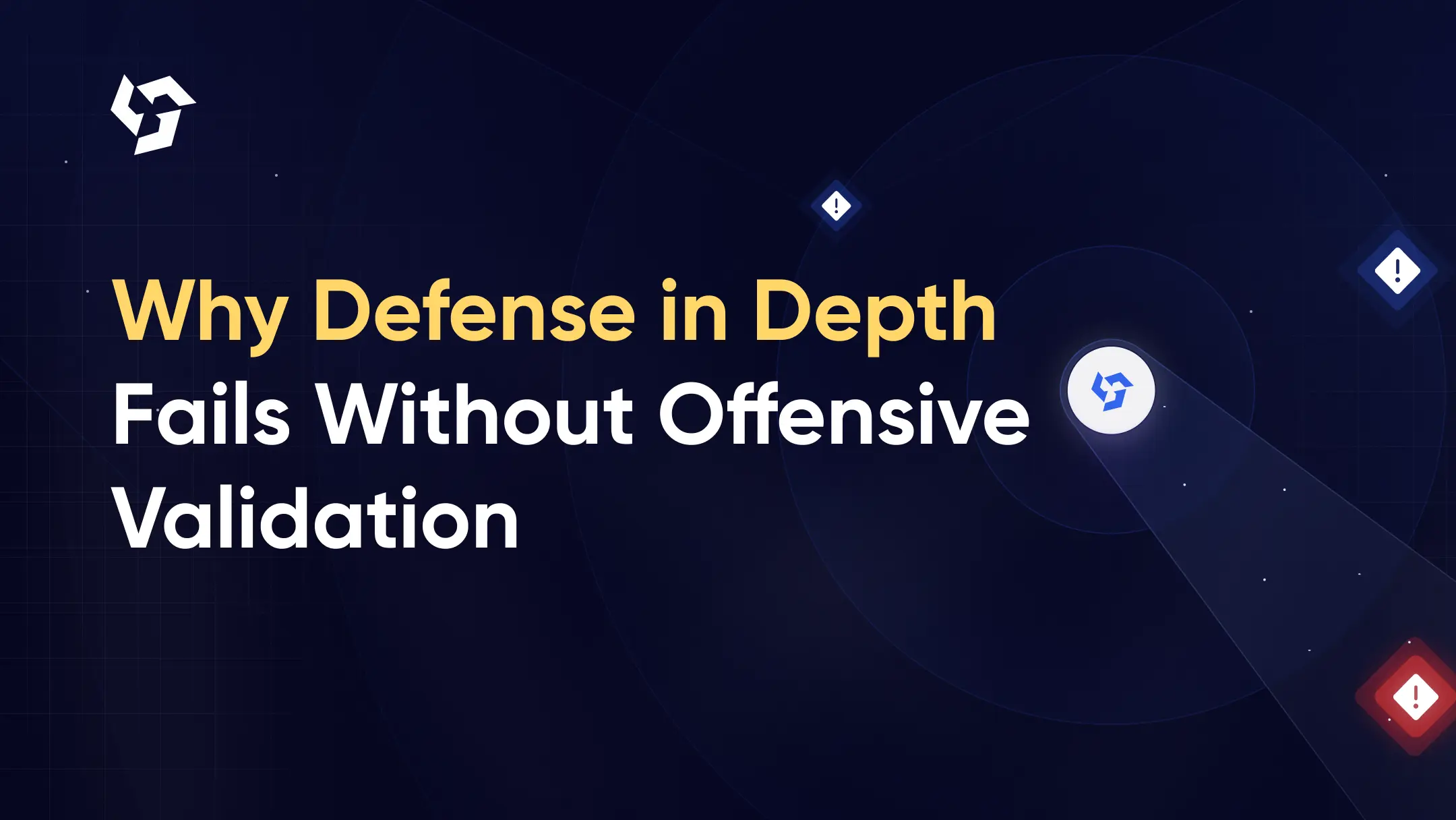
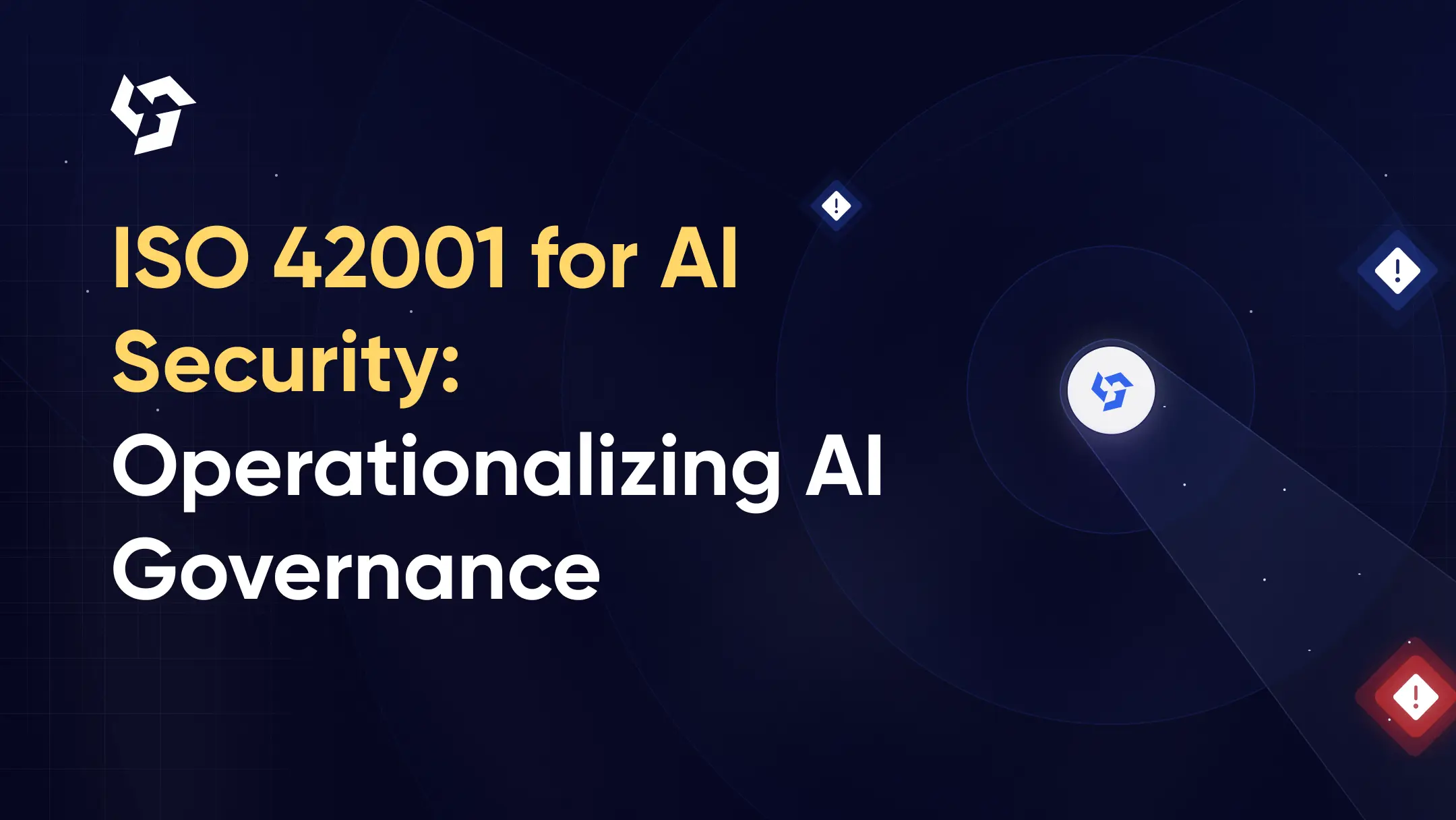
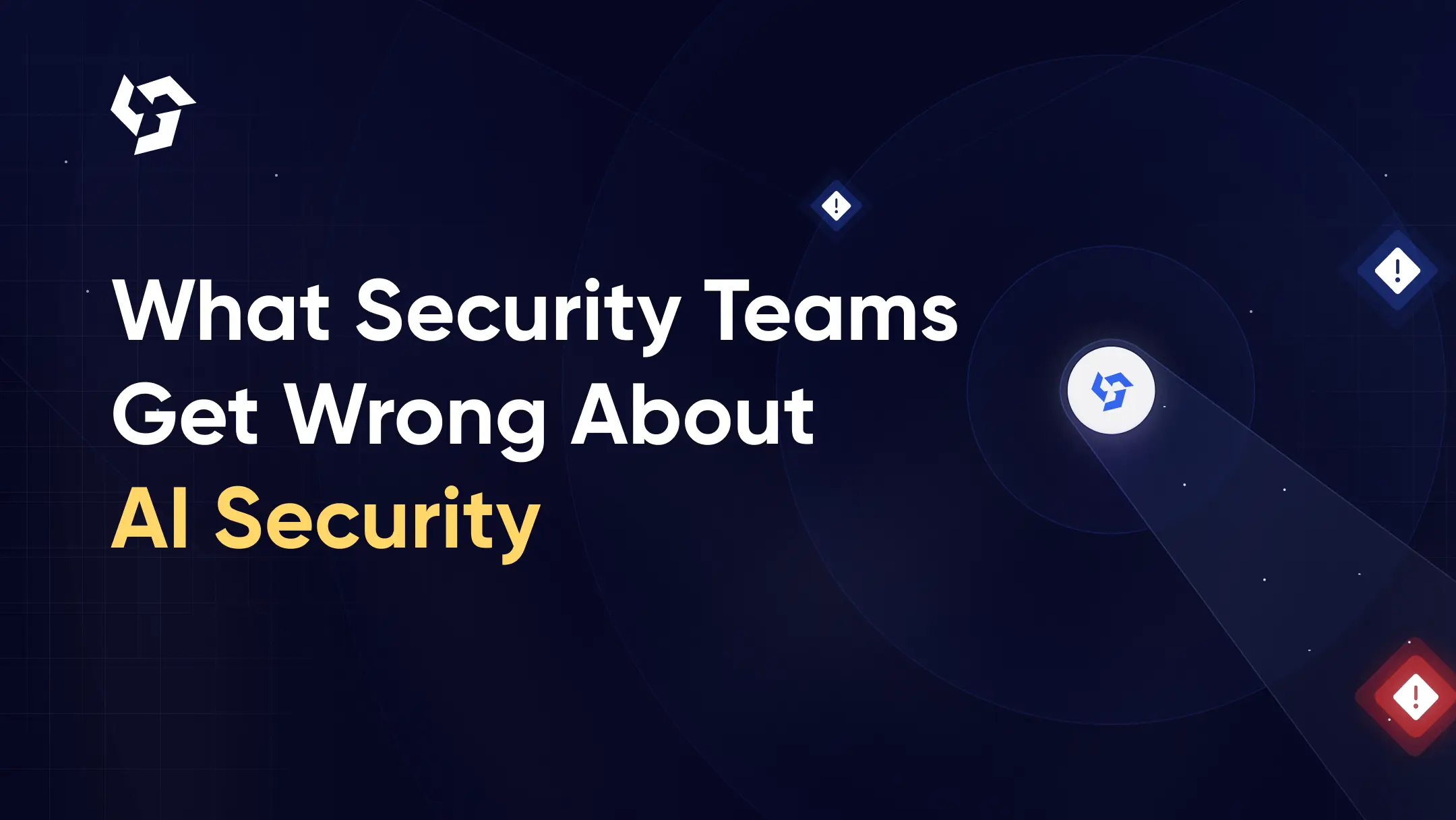


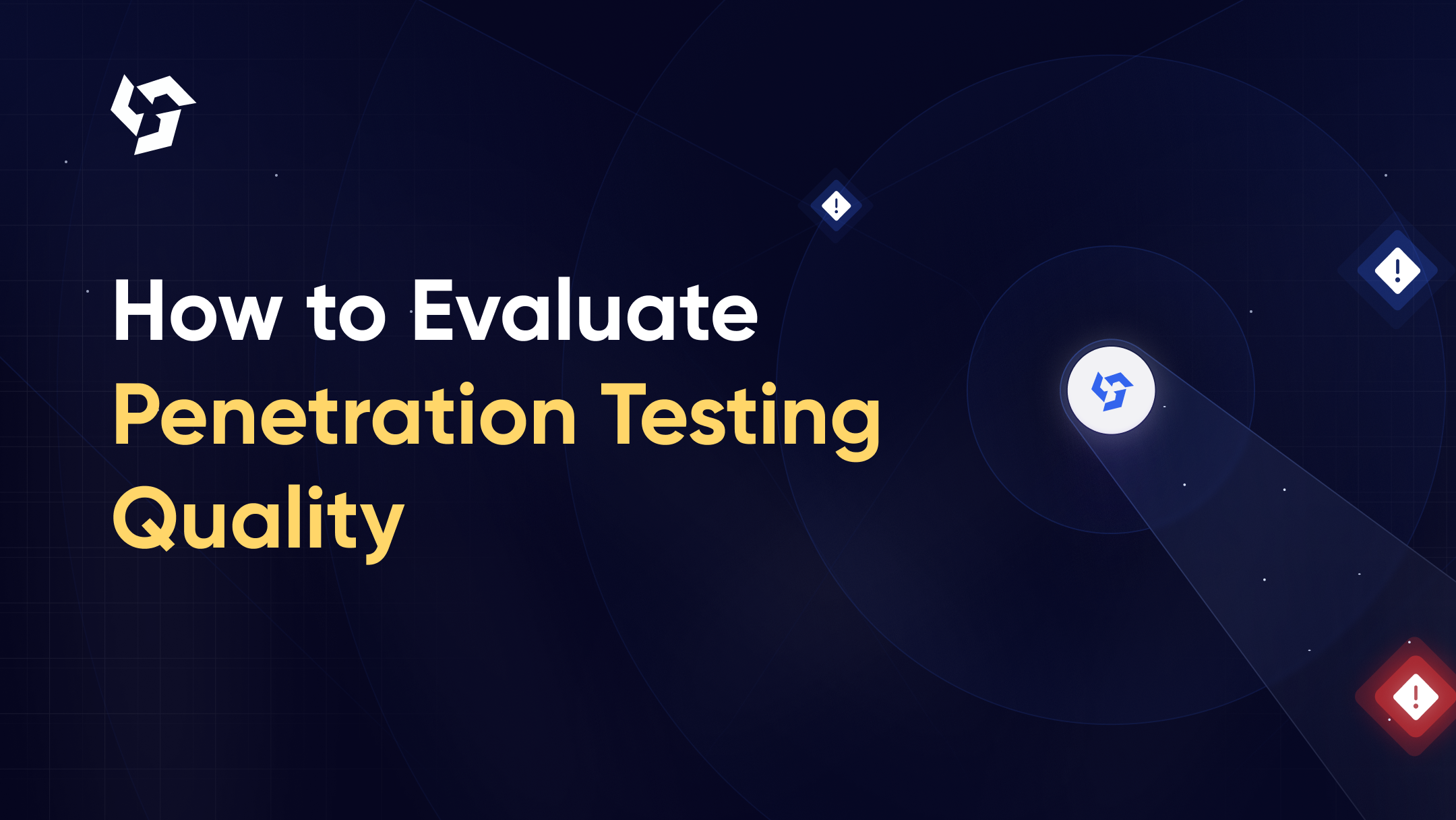
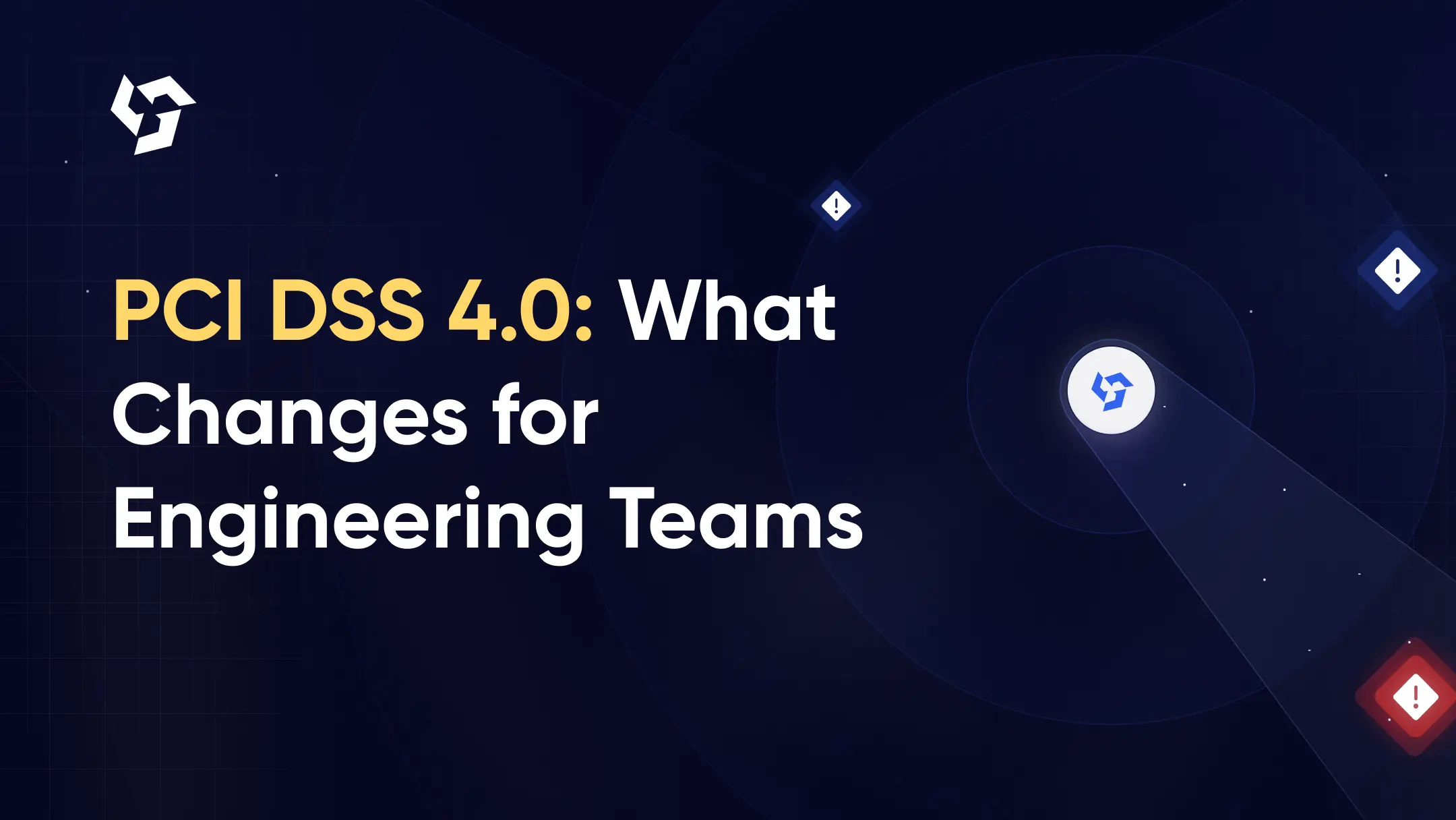
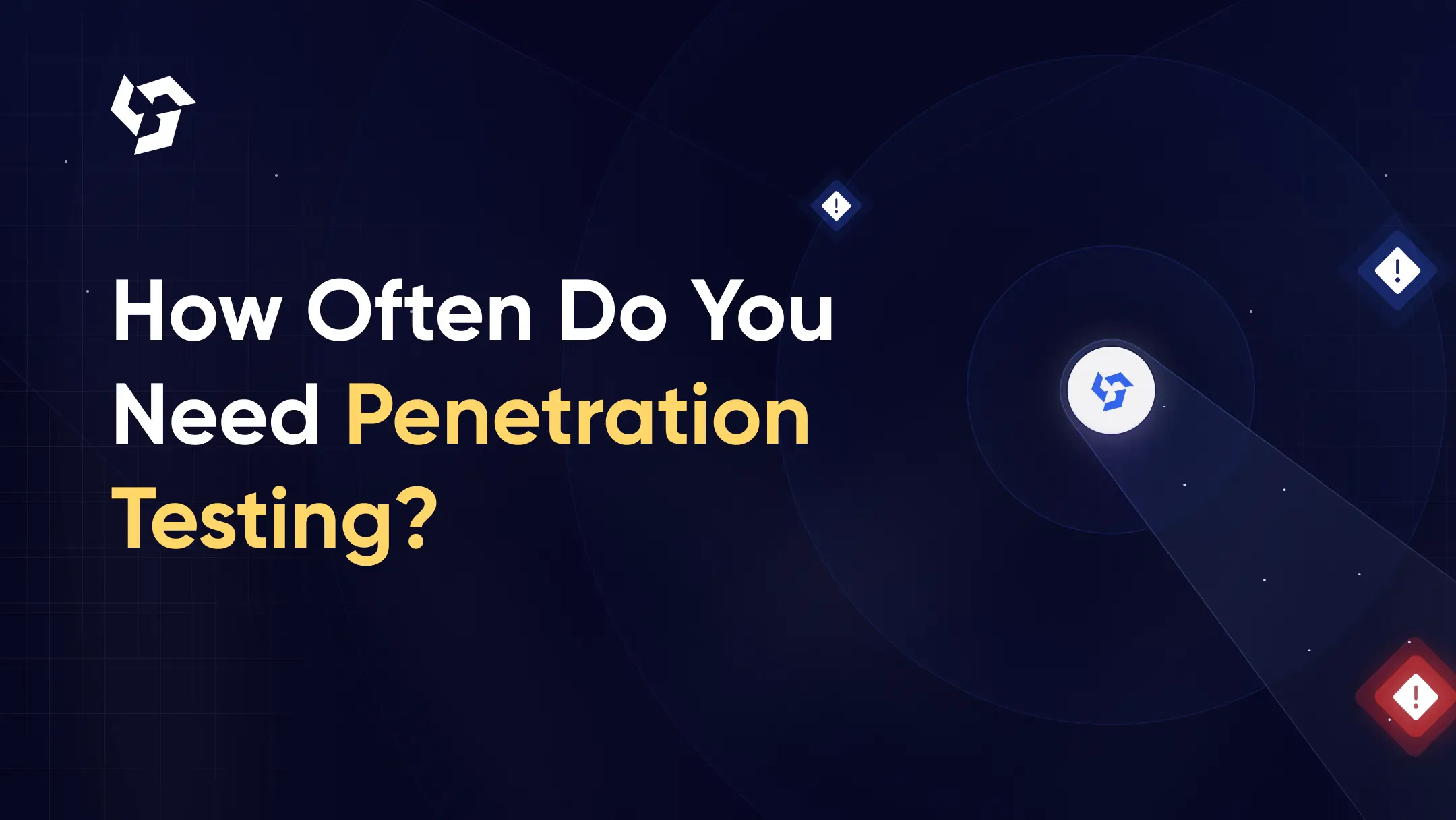
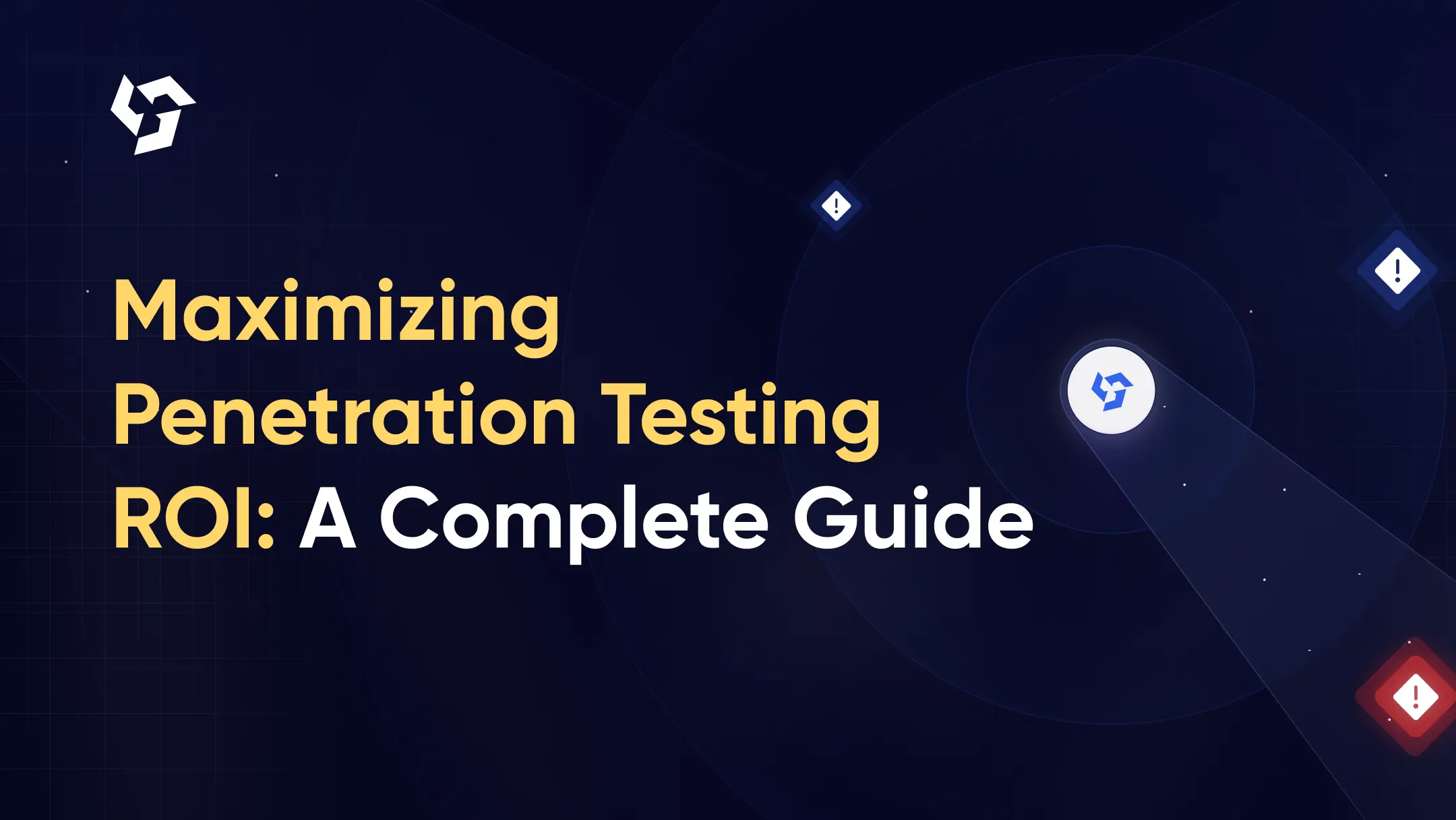


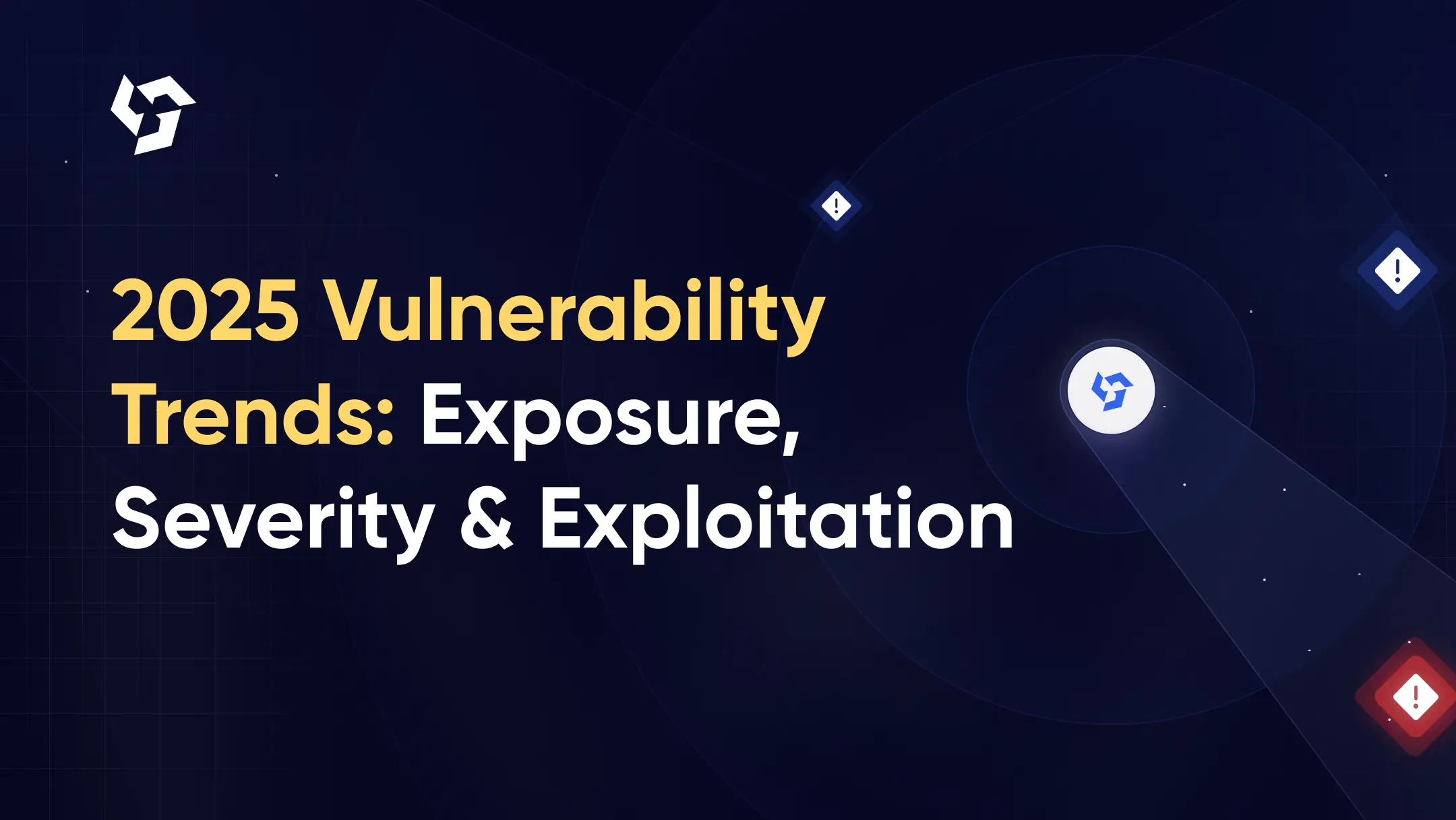
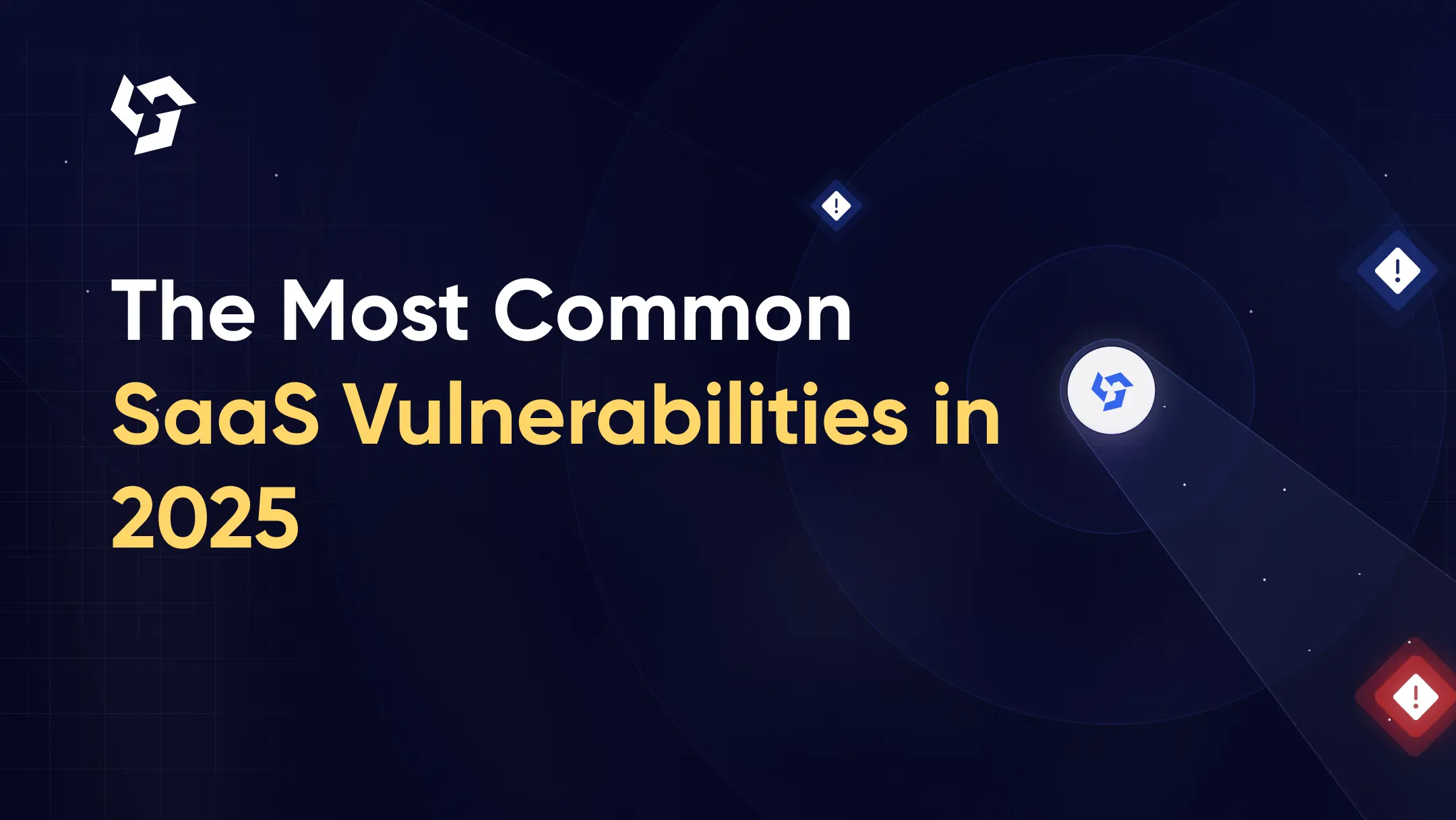









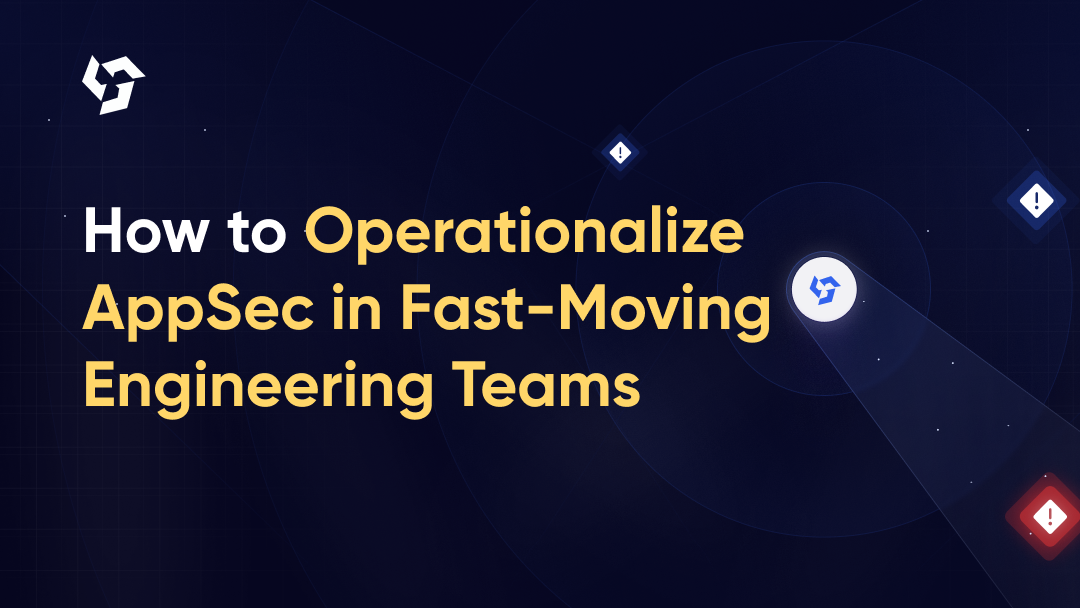



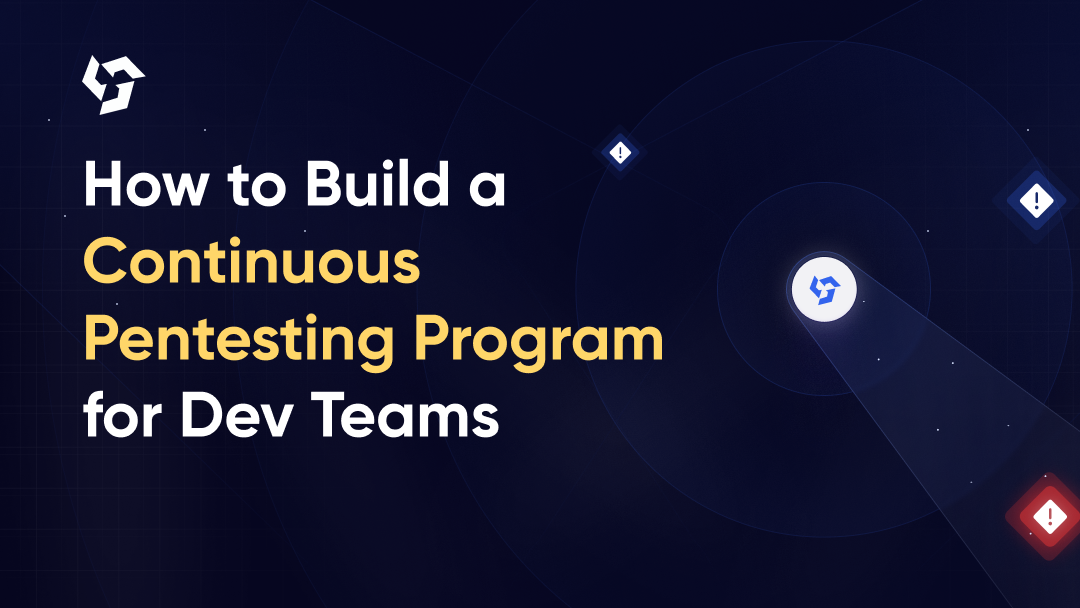




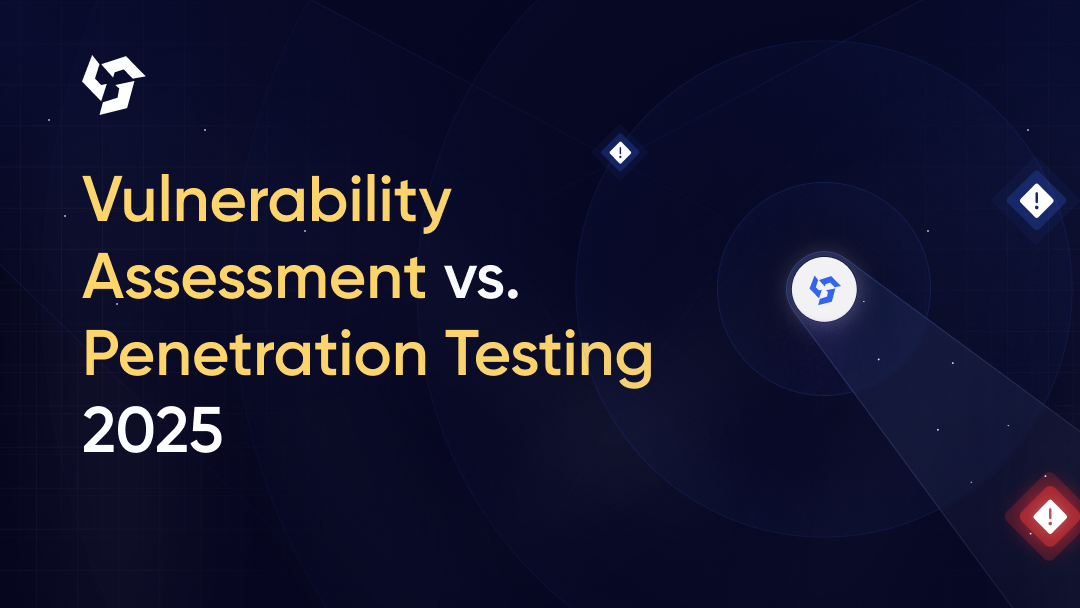

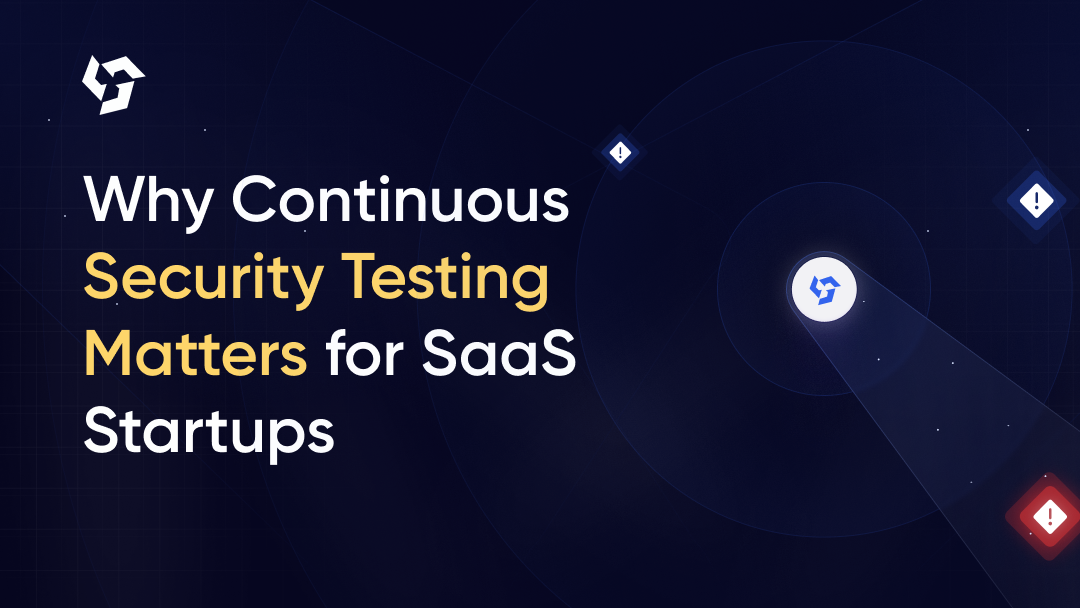


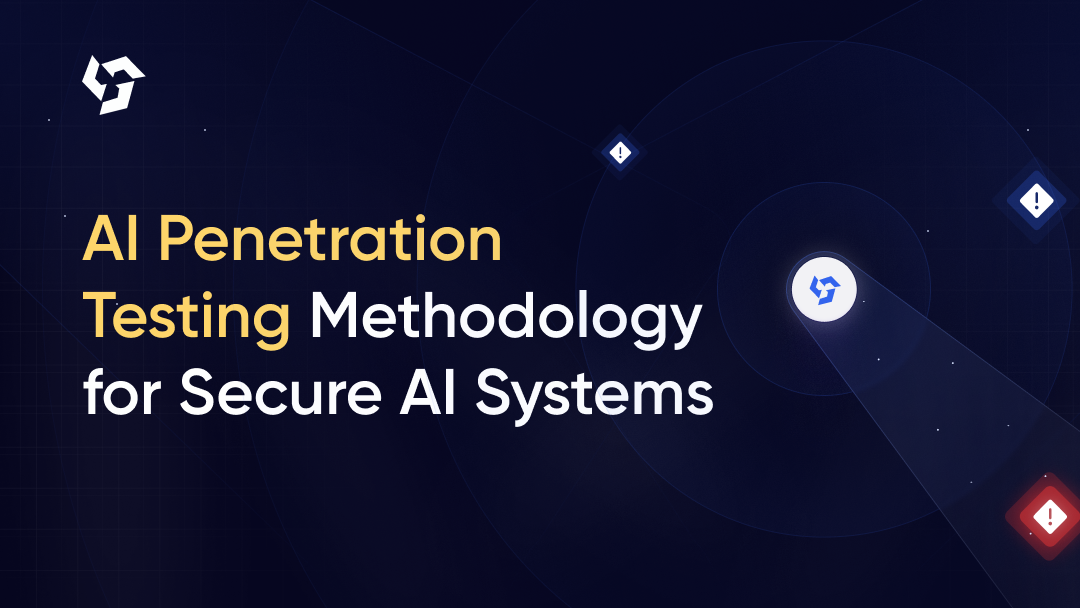


.png)
.png)
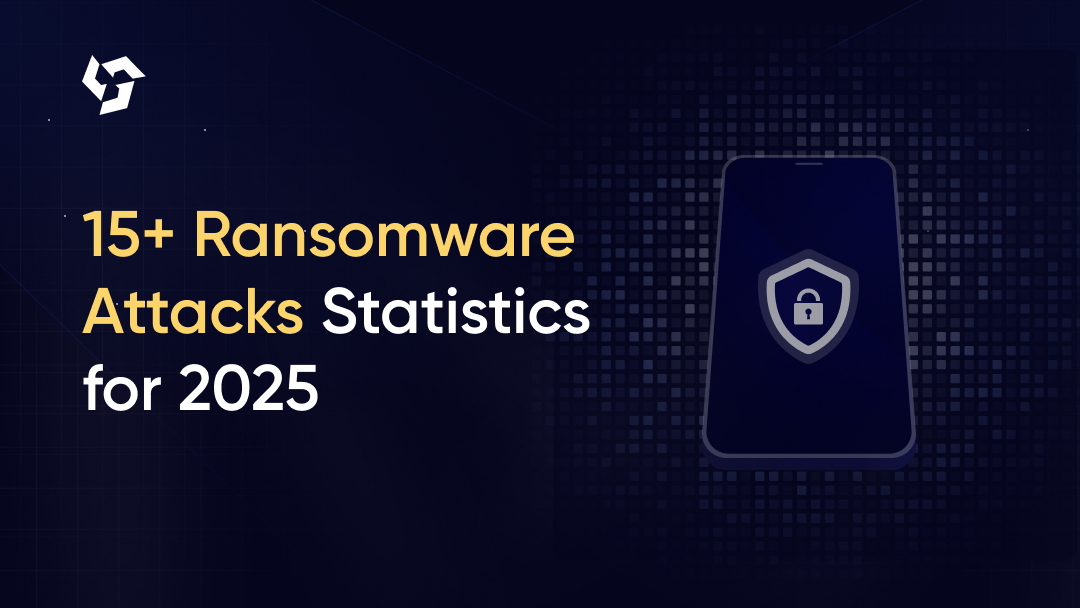
.png)
.png)
.png)
.png)
.png)
.png)

.png)
.png)



.png)




.png)
.png)
.png)
.png)
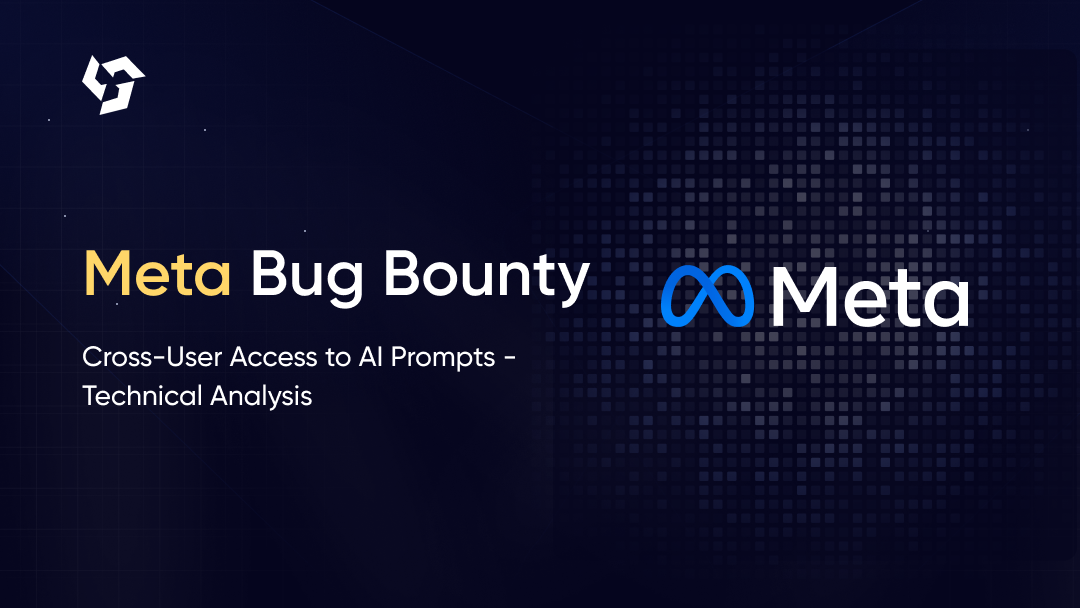
.png)
.png)
.png)

.png)
.png)
.png)
.png)

.png)









.webp)





.webp)


.webp)

.webp)




.webp)
